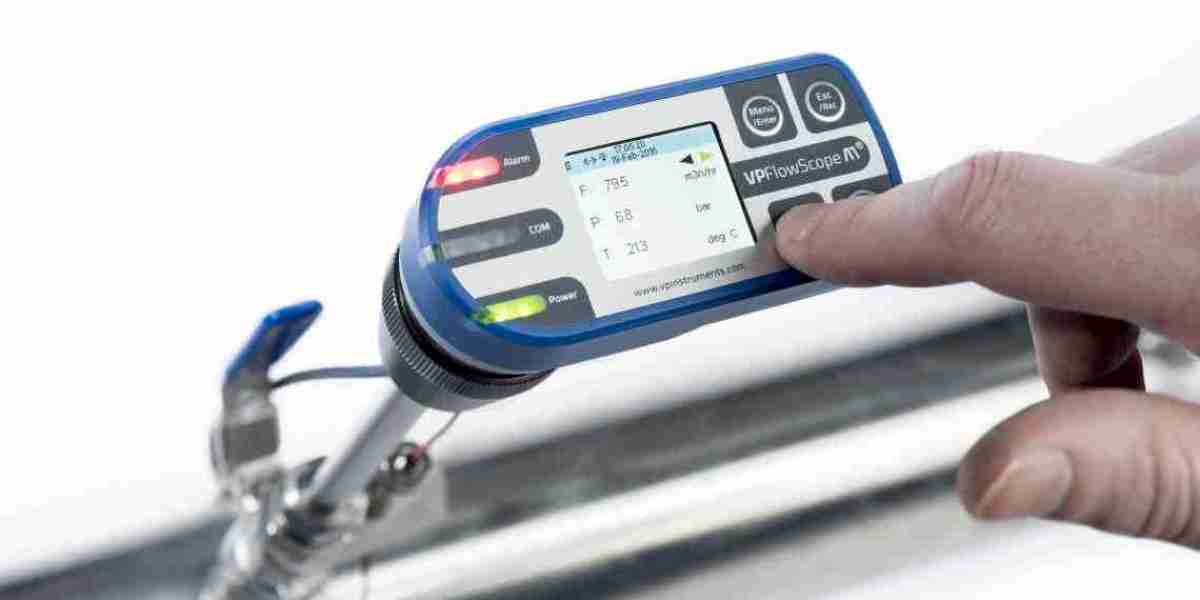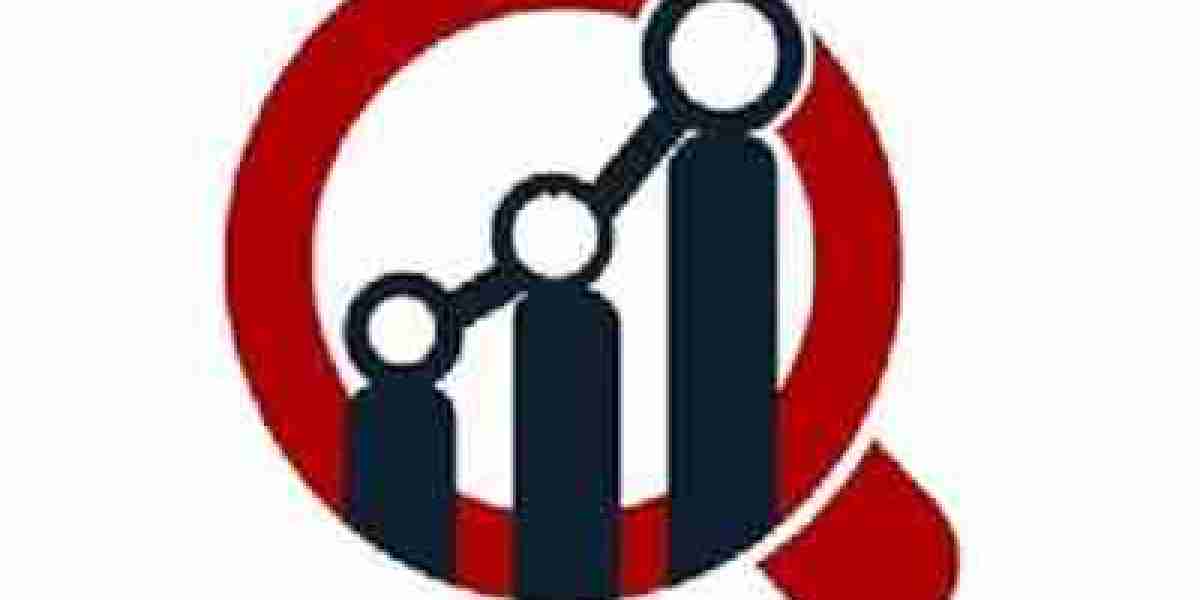Compressed air systems are vital in various industrial processes, powering pneumatic tools, machinery, and more. However, air leaks can significantly impact efficiency and operational costs. Detecting and addressing these leaks promptly is crucial for maintaining productivity and minimizing energy wastage.
Understanding Compressed Air Leaks
Compressed air leaks detection solutions occur when there are unintended openings or gaps in the system, causing air to escape. These leaks are often unnoticed but can result in substantial energy losses and increased operational expenses. Identifying and rectifying these leaks promptly is essential for optimizing system performance and reducing energy consumption.
Importance of Leak Detection
Detecting compressed air leaks is fundamental for ensuring system efficiency and cost-effectiveness. By promptly identifying and repairing leaks, businesses can minimize energy waste, reduce operational costs, and prolong the lifespan of equipment. Additionally, addressing leaks enhances overall system reliability and performance, leading to improved productivity and profitability.
Common Leak Detection Methods
Several techniques are employed for detecting compressed air leaks, each with its advantages and limitations:
1. Ultrasonic Leak Detection:
- Ultrasonic leak detection involves using specialized equipment to detect the high-frequency sound produced by air leaks. This method is highly effective for pinpointing leaks in noisy industrial environments.
- By detecting ultrasonic frequencies, this method can accurately identify even the smallest air leaks, allowing for prompt repair and optimization of system efficiency.
2. Pressure Drop Testing:
- Pressure drop testing involves pressurizing the system and monitoring pressure levels to identify any significant drops, indicating the presence of leaks.
- While relatively straightforward, this method may not be as precise as ultrasonic detection and may require system downtime for testing.
3. Soap Bubble Testing:
- Soap bubble testing is a simple and cost-effective method that involves applying a soapy solution to suspected leak points and observing for bubble formation.
- While easy to perform, this method may not be suitable for detecting small leaks or leaks in inaccessible areas.
4. Thermal Imaging:
- Thermal imaging utilizes infrared technology to detect temperature differentials caused by air leaks. Areas with escaping air will appear cooler or warmer than their surroundings, depending on ambient conditions.
- This method is particularly effective for identifying leaks in hard-to-reach or hidden areas but may require specialized equipment and expertise.
Choosing the Right Detection Method
Selecting the most appropriate leak detection method depends on various factors, including the size of the system, accessibility of components, budget constraints, and environmental conditions. Employing a combination of methods may provide the most comprehensive approach to leak detection, ensuring no leaks go undetected.
Benefits of Timely Leak Detection and Repair
Timely detection and repair of compressed air leaks offer numerous benefits for businesses, including:
- Reduced Energy Costs: By minimizing air leaks, businesses can significantly reduce energy consumption and lower utility bills.
- Extended Equipment Lifespan: Addressing leaks promptly helps prevent excessive strain on compressors and other components, prolonging their operational lifespan.
- Enhanced Productivity: Optimal system efficiency leads to improved productivity and throughput, enhancing overall operational performance.
- Environmental Sustainability: Reducing energy waste through leak detection contributes to environmental conservation efforts and sustainability goals.
Conclusion
Detecting and addressing compressed air leaks promptly is essential for optimizing system efficiency, reducing energy costs, and enhancing overall operational performance. By employing effective leak detection methods and prioritizing timely repairs, businesses can minimize energy waste, prolong equipment lifespan, and improve productivity, contributing to long-term sustainability and profitability.








